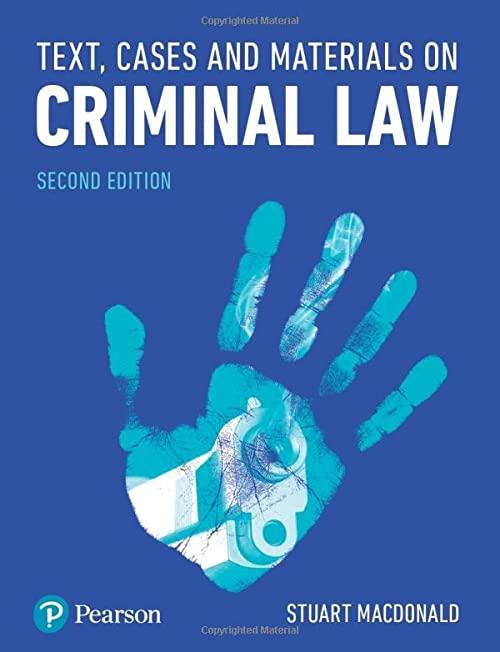
1. You work for a U.S. company in South America. Your manager has received complaints from a couple employees that sound like there could be discrimination occurring. Does Title VII apply in this situation? 2. Review the material in the "Discrimination Documents" folder regarding the "Bona Fide Occupational Qualification (BFOQ) Defense (the Journal of Business Studies Quarterly article and the Wilson case, with an intro to the BFOQ defense). a. What is a "bona fide occupational qualification? What is the standard set forth in the "Legal Overview" section in the Journal article for an employer to utilize a BFOQ? b. According to the intro section to the Wilson case, what are the four situations that do not warrant the use of the BFOQ exception? C. Briefly discuss the facts of the Wilson case and why the employer was attempting to use a BFOQ? Was the employer successful in using a BFOQ? Why or why not? d. Based on the Wilson ruling, how do you think a court would rule in the case of Hooter's restaurant, which can demonstrate that it is more profitable to hire women as servers, and in fact only hires women for such positions in order to increase its' profitability? In fact, Hooters does exactly this so what's the deal? 3. The most common complaint filed with the Equal Employment Opportunity Commission (EEOC), the agency in charge of administering Title VII complaints, is that of Retaliation. a. Why do you think retaliation accounts for most of the complaints at the EEOC? b. Review the Yanowitz case (copy and citation in Discrimination Documents folder). Briefly describe the facts and a summary of the majority opinion and why the dissent disagreed with the majority. c. Do you feel that discrimination was being addressed by Ms. Yanowitz with her employer? Despite the court ruling, do feel that she was retaliated against? Why or why not? 4. Review the case of Ricci v. DeStefano (copy and citation in Discrimination Documents). a. Why did the plaintiffs sue in this case? b. What was the City of New Haven's argument(s) in this case? c. What type of discrimination was being addressed in this case? d. Within the case there is reference, by both sides and the Court, to a "strong basis in








